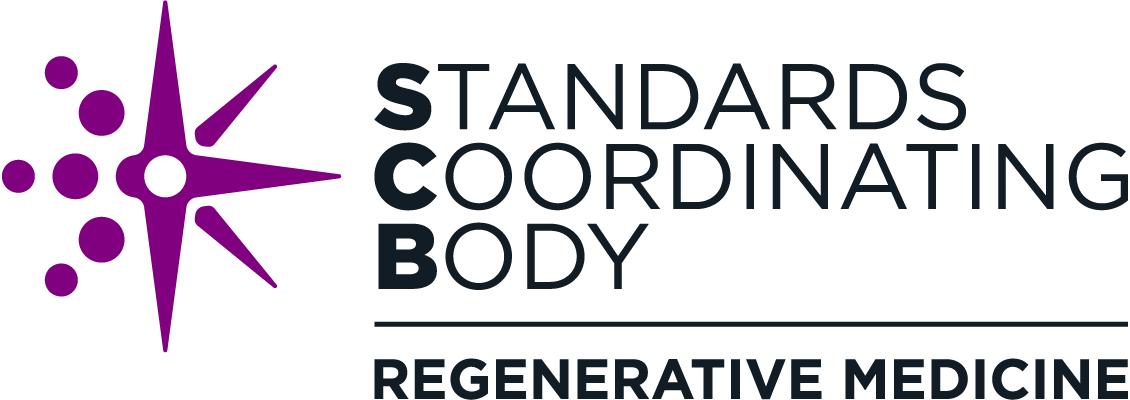Meet the SCB Staff: Robert Shaw, Executive Director
Robert (Bob) Shaw joined the SCB staff as Executive Director in October 2020. Bob formerly served as Vice President of Thermo Fisher Scientific, where he had global responsibility for the Bioproduction Division’s Technical Support Services and previously for their Cell Culture and Cell Therapy businesses. In previous roles at Progenitor Cell Therapy and EMD Millipore Corporation, he established new practices and partnerships to help growing teams excel and thrive. Bob has also been active as a board member and co-chair of the Alliance for Regenerative Medicine (ARM), including heading up ARM’s initial working group on standardization.
As Executive Director of SCB, Bob leads the team’s day-to-day activities and translates SCB’s strategic direction into action. He coordinates the activities of SCB staff, board members and committees, and volunteers, fostering clear communication and a positive organizational culture. We sat down with Bob to learn more about how he came to work at SCB and his vision for the organization’s future.
Q: How does your past experience translate to your role as SCB Executive Director?
Working for a number of companies and organizations of various sizes has exposed me to a wide range of work cultures, systems, and processes. I am looking forward to bringing the knowledge and experience of managing and working in so many different situations to SCB, its partners, and collaborators to help SCB continue to grow and prosper.
Q: How did you become interested in working with SCB?
I became involved in regenerative medicine in 2009, just as the field was opening up. I was fortunate to work for a company with a visionary leader who wanted to position the company to take advantage of this new and exciting area, and I was chosen to lead an initiative to identify how to do that. Through that role, I became involved with the ARM, which really opened my eyes to the exciting possibilities of the regenerative medicine field and the revolutionary treatments it could bring to patients who once had limited or no choices.
Q: What are you most excited about achieving in your new role?
I am excited to work with the staff of SCB to help the industry progress. We have an opportunity to not only facilitate progress by bringing groups together but also to accelerate the development and approval of advanced therapeutic products through the standards we help advance. Any time you can standardize a process or approach, it reduces the need for everyone to discover the solution on their own and creates efficiencies for technology implementation and regulatory review. Helping industry get innovative products and treatments to patients is exciting for all of us.
Q: From your perspective, what value does SCB bring to the regenerative medicine community?
For drug developers, we can help accelerate development and approval of products by providing guidance and access to experts to help them implement, establish, and utilize standards. For standard developing organizations (SDOs) and professional organizations, we bring organizations and experts together to help accelerate standards development. For researchers and scientists, we provide easy and ready access to standards, guidance documents, white papers, and other information that can help them ensure their research is current with industry practices.
Q: What do you see as the current trends or priorities in the regenerative medicine field that SCB can support?
I see two major trends. First, the number of innovative treatments and therapies in development continues to grow. Second, the speed at which technology is impacting regenerative medicine continues to increase—we can point to CRISPR as an example. SCB has a unique capability as a non-profit to aid the industry’s acceleration of development and approval of new products by identifying priority areas in which standardization and harmonization will make an impact and bringing all the right organizations, experts, and stakeholders together to address areas of need. Many of these areas are typically common across products (e.g., cell counting or rapid microbial testing) and can be applied universally even when products differ significantly. SCB has been called the “clearinghouse” for standards and standardization for regenerative medicine, and I am eager to ensure that SCB can fulfill this role successfully by addressing the industry’s most critical needs.

